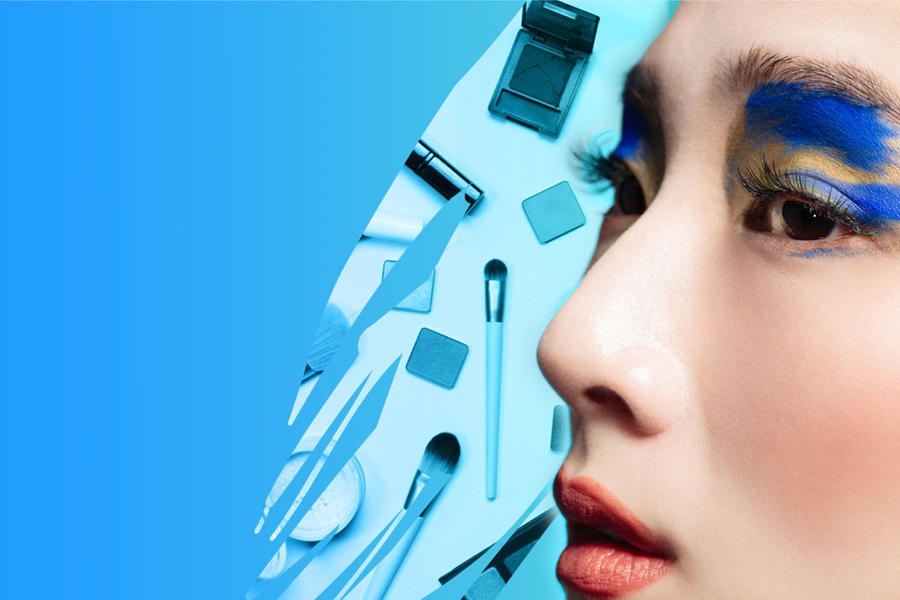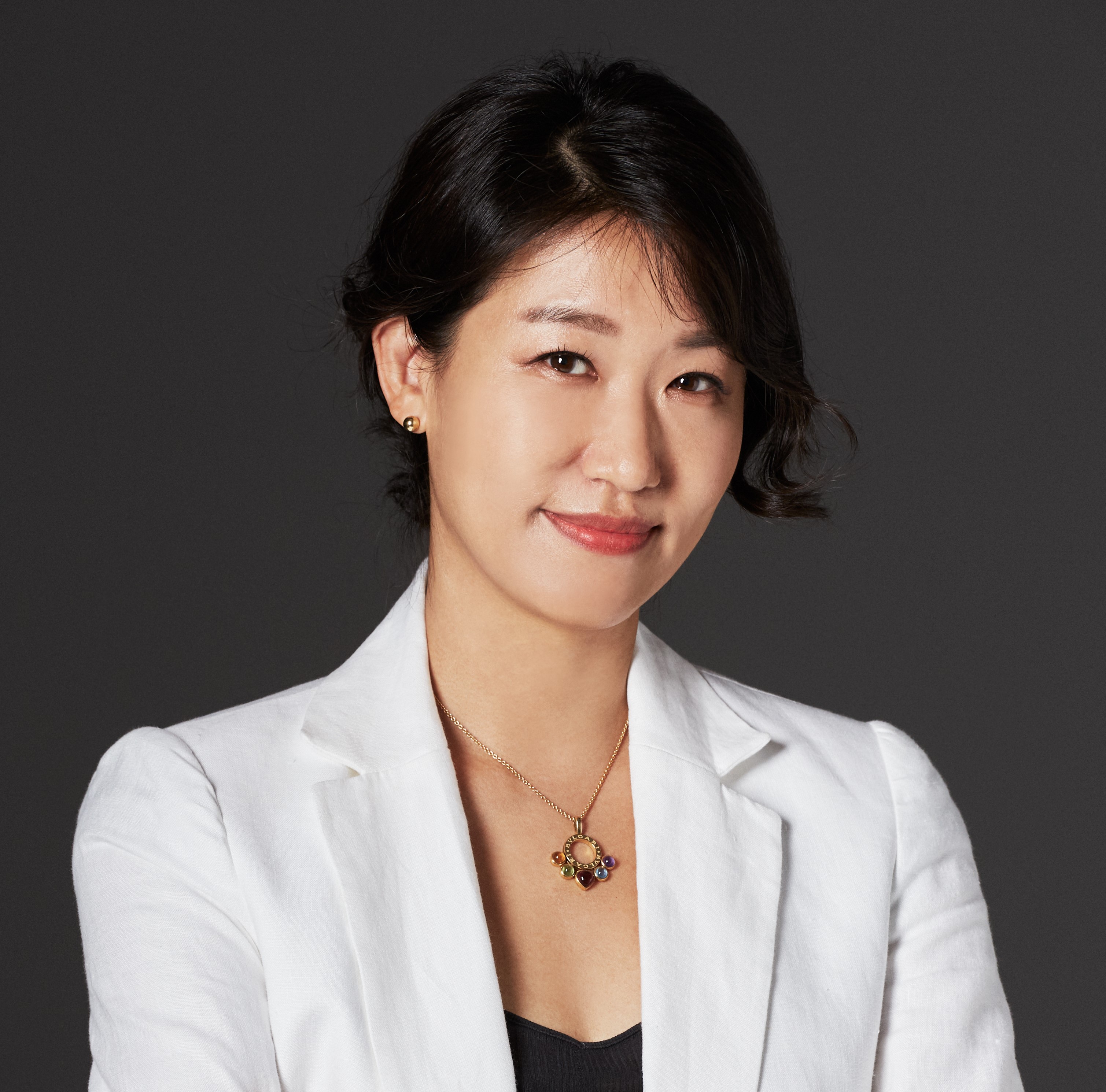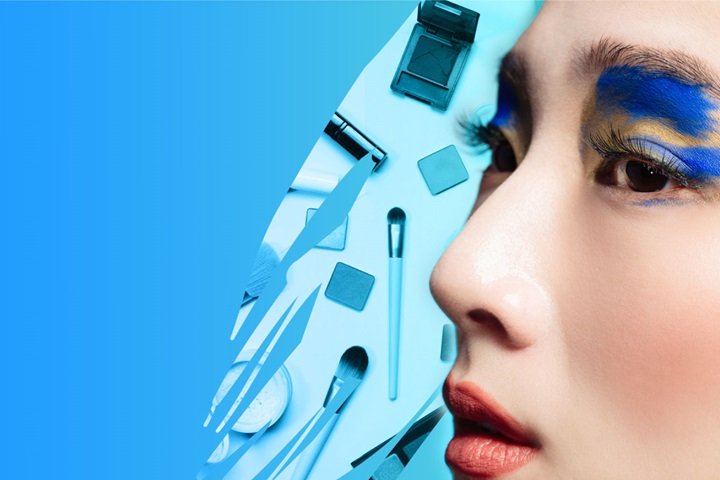Simplified beauty routines are a global trend amid a transition to work-from-home and more relaxed social environments. Compared to 2019 and according to Face value: The global foundation of Beauty insights report, the usage of products among women overall declined by 7%. Boomers in Europe are the exception to this trend. The data shows that in Great Britain, France, and Spain, women over 55 account for nearly half of all beauty sales. This group uses beauty products 47 times every week, 8 more than average. Considering the greater spending power of this group presents brands with a lucrative avenue for growth, particularly in the context of a challenging economic environment.
Commenting, Ashley Kang, Global Beauty Director, Worldpanel division, Kantar, said: “Understanding generational nuances has never been more critical. Working from home has redefined beauty routines across generations, but each age group still wants to address specific needs. For example, data shows women over 55 are concerned about age spots, not wrinkles. This kind of precise insight allows brands to evolve their focus and find the intersection between product innovation and marketing strategies. Acting upon this kind of meaningful insight is what sets brands apart in an ever-competitive market”.
Gen Z chart is redefining health and beauty in the US
The Face value finds that Gen Z consumers are leading the pack on sustainability. In the US, almost half (47%) actively avoid products harmful to the environment, while 45.7% make a conscious choice to opt for natural products. Their belief in the efficacy of natural products is also notable, with 30.9% convinced that these are more effective. This group also expresses a preference for word-of-mouth recommendations over traditional advertising. 43.1% of Gen Z have been influenced to purchase a beauty product based on a recommendation, substantially more than the broader US population (28%).
And while they may not have the spending power of boomers, Gen Z consumers often have higher discretionary income and are more inclined to splurge. Gen Z women are 66% more likely than the average US woman to claim they spend generously on beauty products.
Ashley Kang continues: “As Gen Z rises to prominence, the beauty market finds itself at an inflexion point. This generation is not merely following existing trends but crafting new narratives and setting new standards. Some behaviours can be attributed to life stage, while others could signify a long-term shift in category engagement, particularly in areas like makeup.”
Standout global trends
The Face value report evidences a range of beauty trends from around the world, including:
- Sunscreen as a skincare step - Sun protection is no longer a solitary step but an essential part of a broader skincare regimen. In South-East Asia, increasing awareness of hair and skin issues has led to the use of UV sunscreens soaring in some markets. In Indonesia, the April heatwave of 2023 was not just another sweltering month; it was a wake-up call. Meanwhile, in Vietnam, a nuanced conversation is taking place around skincare, with the emphasis not merely on sun protection but on a more holistic approach to skin health.
- Live-commerce - E-commerce in North Asia is highly advanced, but mature buyers are just as engaged on some of the digital channels as younger ones. For example, in South Korea, live commerce has found a large viewership among the 45-54 and 55-65 age groups, for whom gaining product information is the primary reason for watching. Live-commerce is still nascent in Europe and the US. In Western countries, there are channels like TV homeshopping, mail orders, and infomercials that are dominant for engagement, and have similar drivers and targets to Live commerce. Unique selling proposition (USP) beyond promotion-driven sales and engagement has not yet been discovered for the target shopper to switch to the new platform of Live-commerce.
- Latam’s health and beauty heavy spenders – In Latin American markets, the spending heavyweights are the 35 to 49-year-olds. This age group takes the lion's share of the market, holding 41% in Brazil, 38% in Colombia, and 37% in Mexico. In the past year alone, their spending increased by 21%.
- Brazil powers Latam’s performance – Brazil is a key player in the Latin American beauty market, contributing significantly to the region's total sales. Brazilian women use products 43 times a week, 5 more than their counterparts in Western Europe and the US. They are also much more engaged in receiving professional treatments, with two thirds saying they have had such treatments in the past six months.
Ashley Kang adds: The global health and beauty market is a complex ecosystem of varying consumer needs, preferences, and spending patterns where the intersection of usage and purchase is important to come to grips with. Data-driven strategies that consider usage patterns, economic factors, and cultural influences are essential. Face value gives brands data and a narrative that ties insights together, providing actionable insights for success in the global beauty landscape.”
Access the complete report here and reach out to our experts if you would like to learn more.


